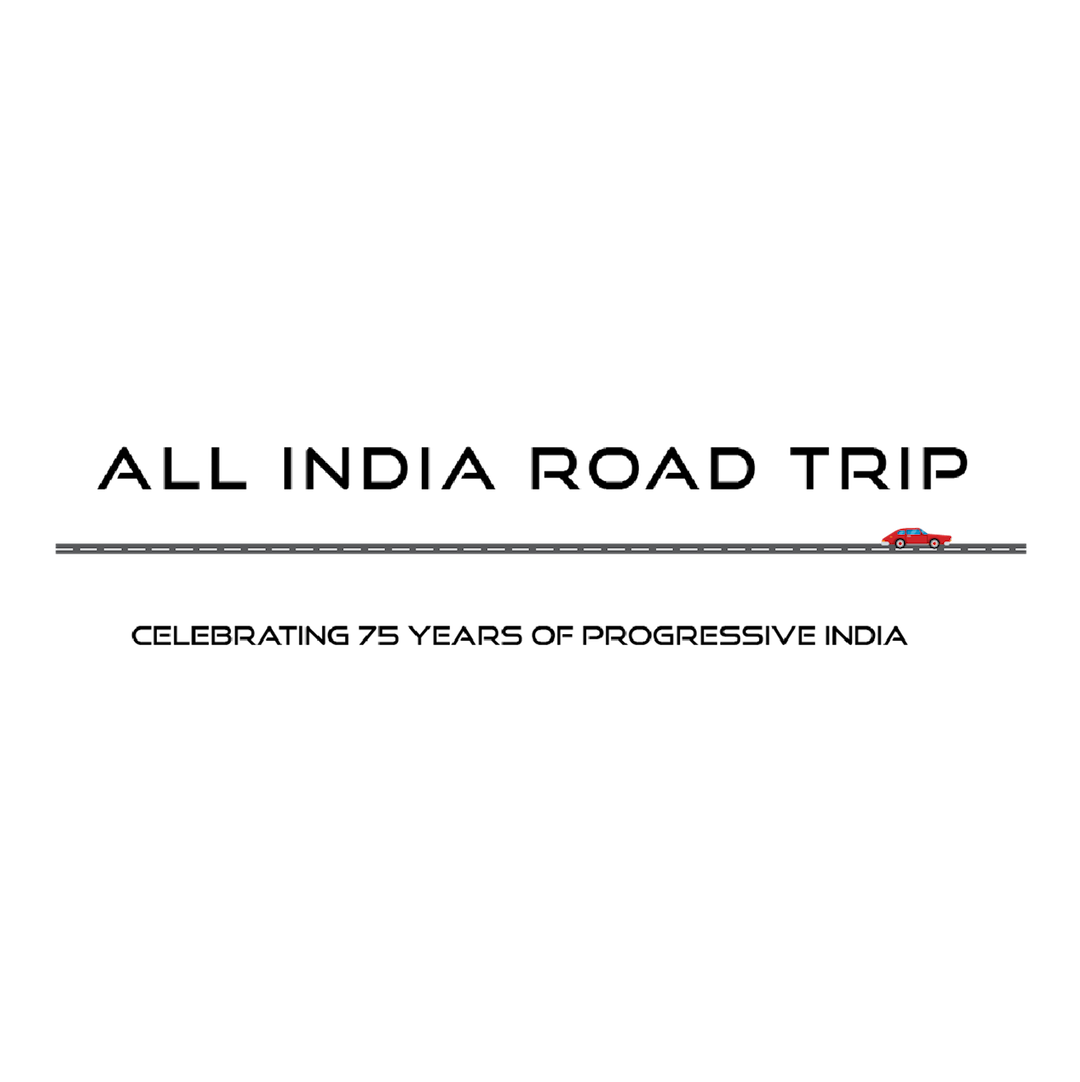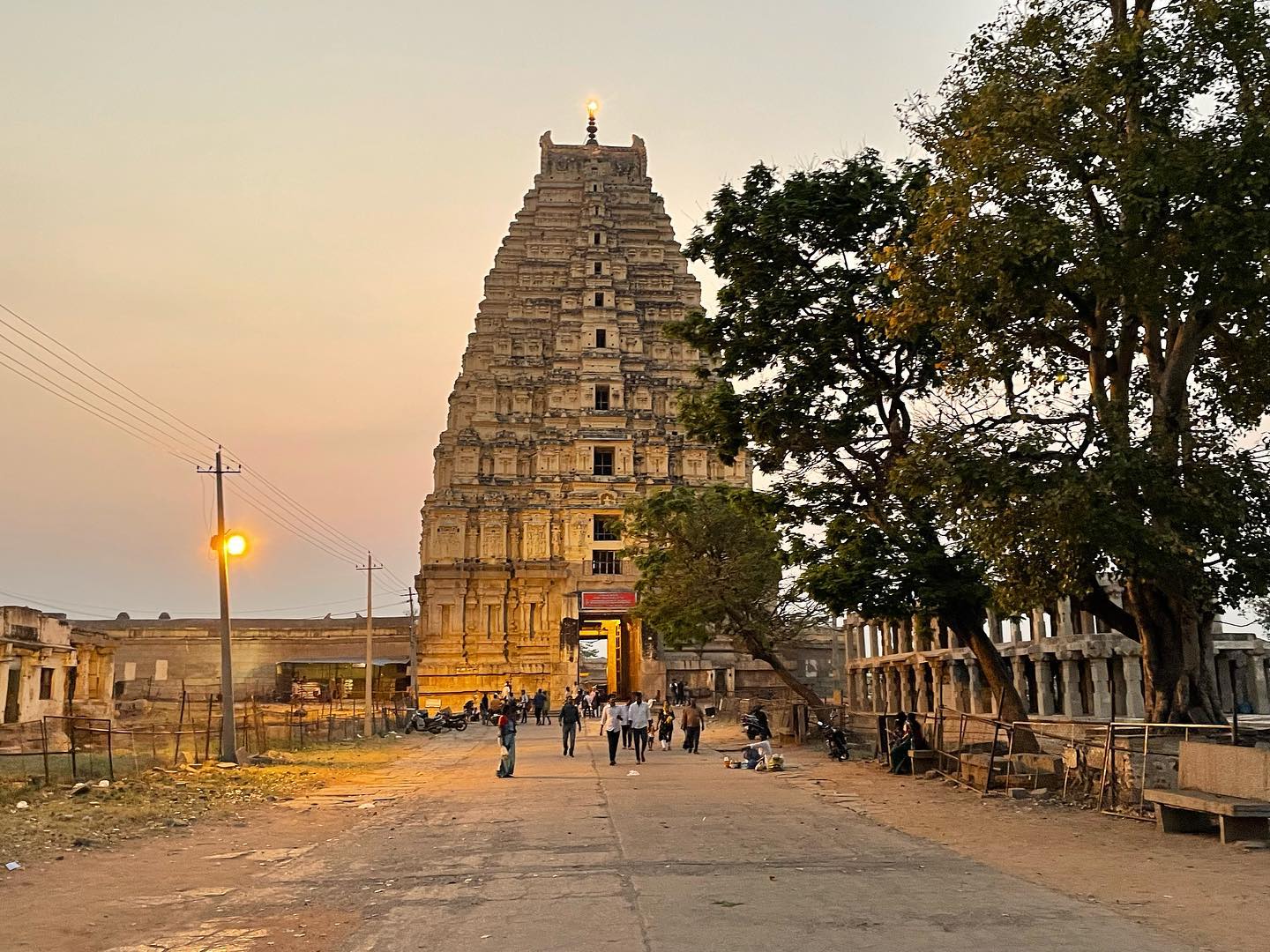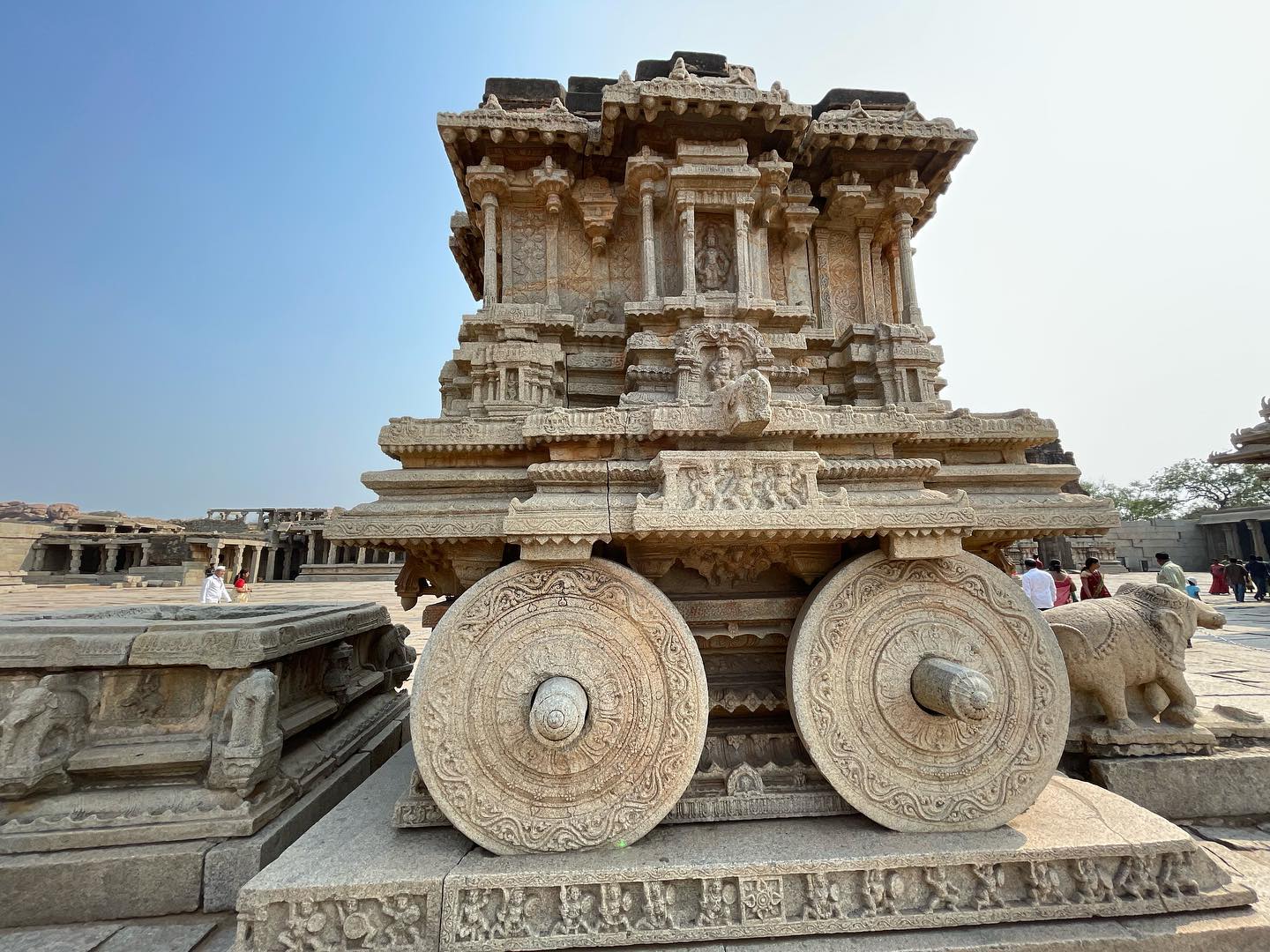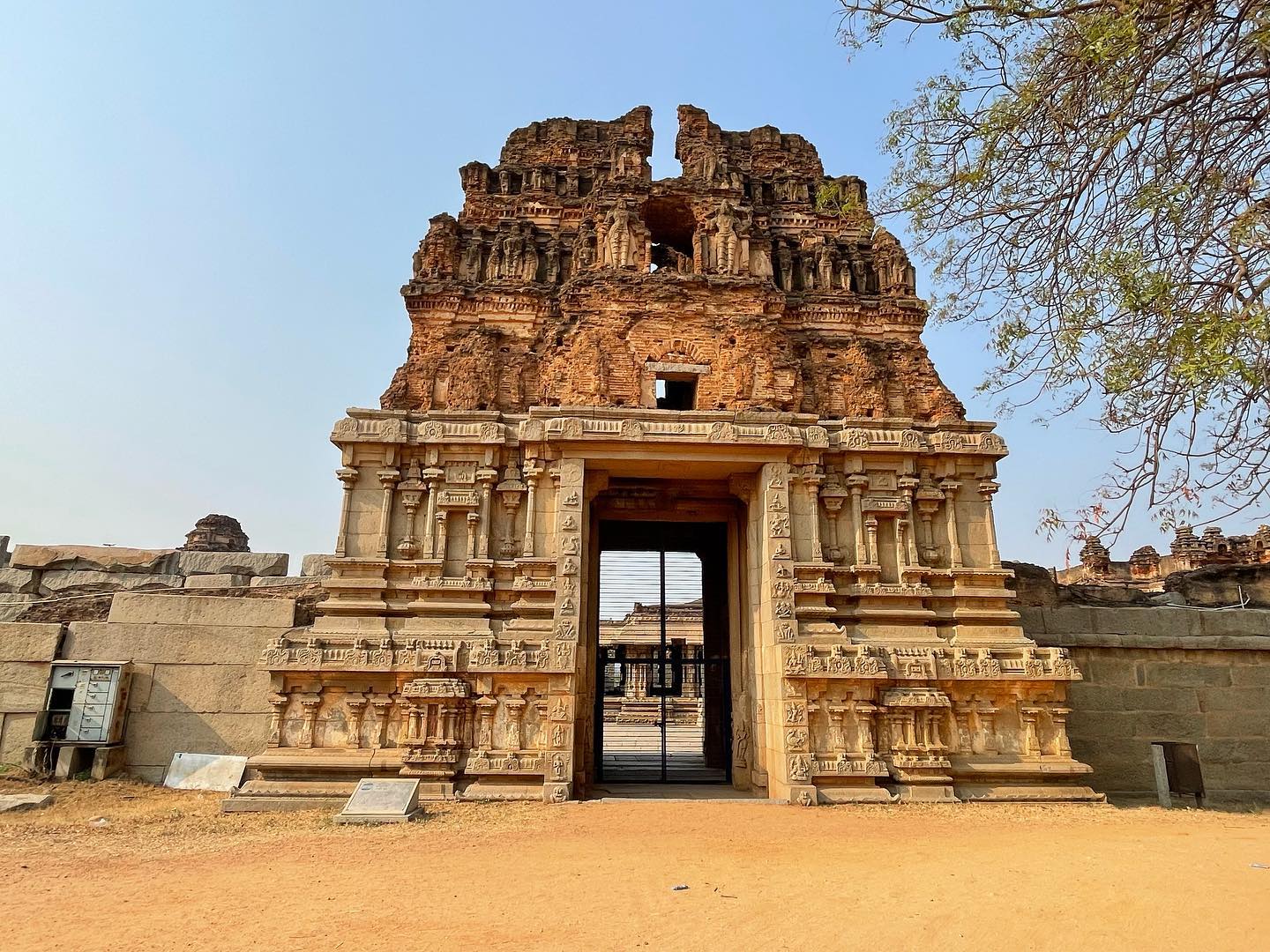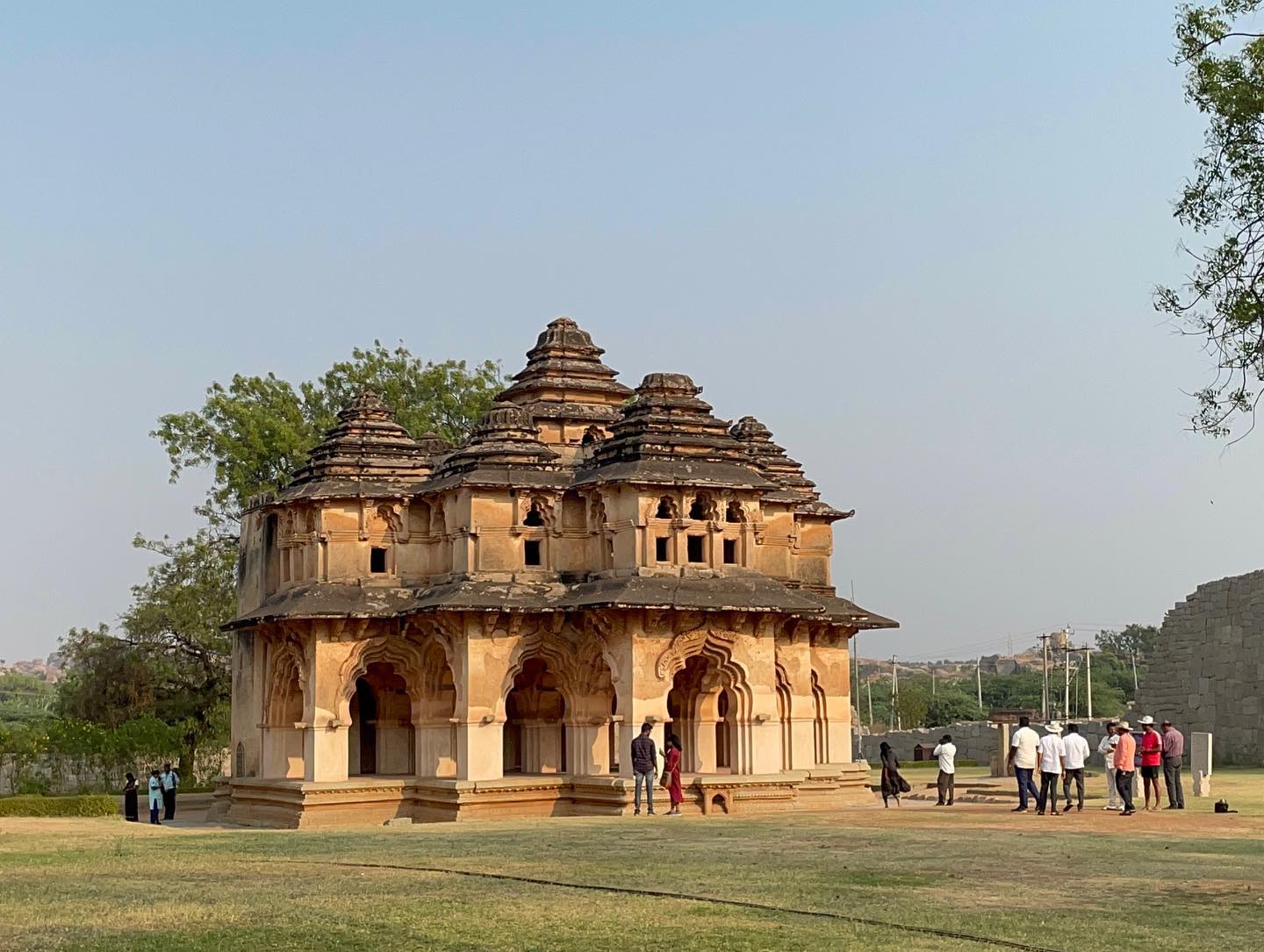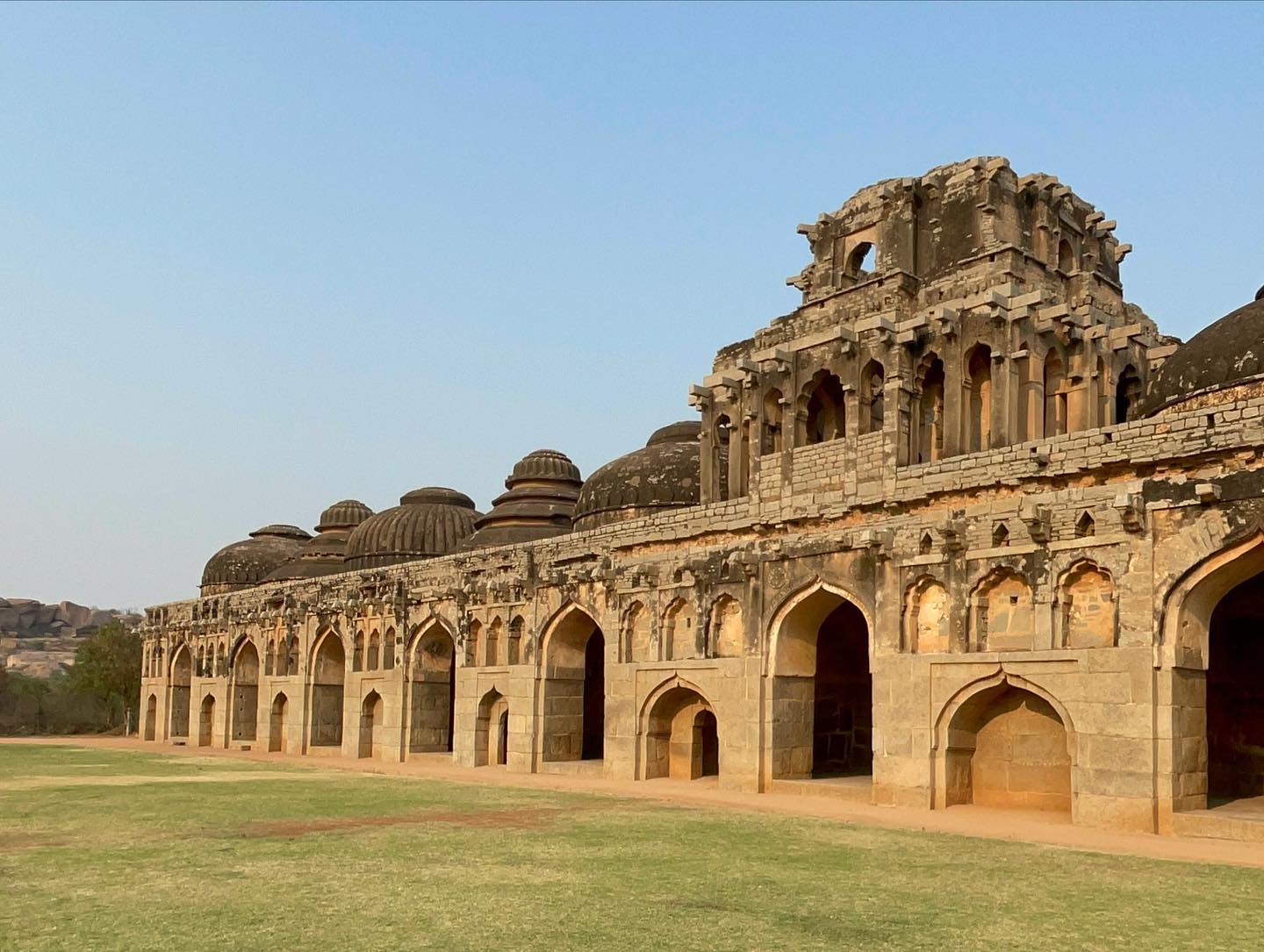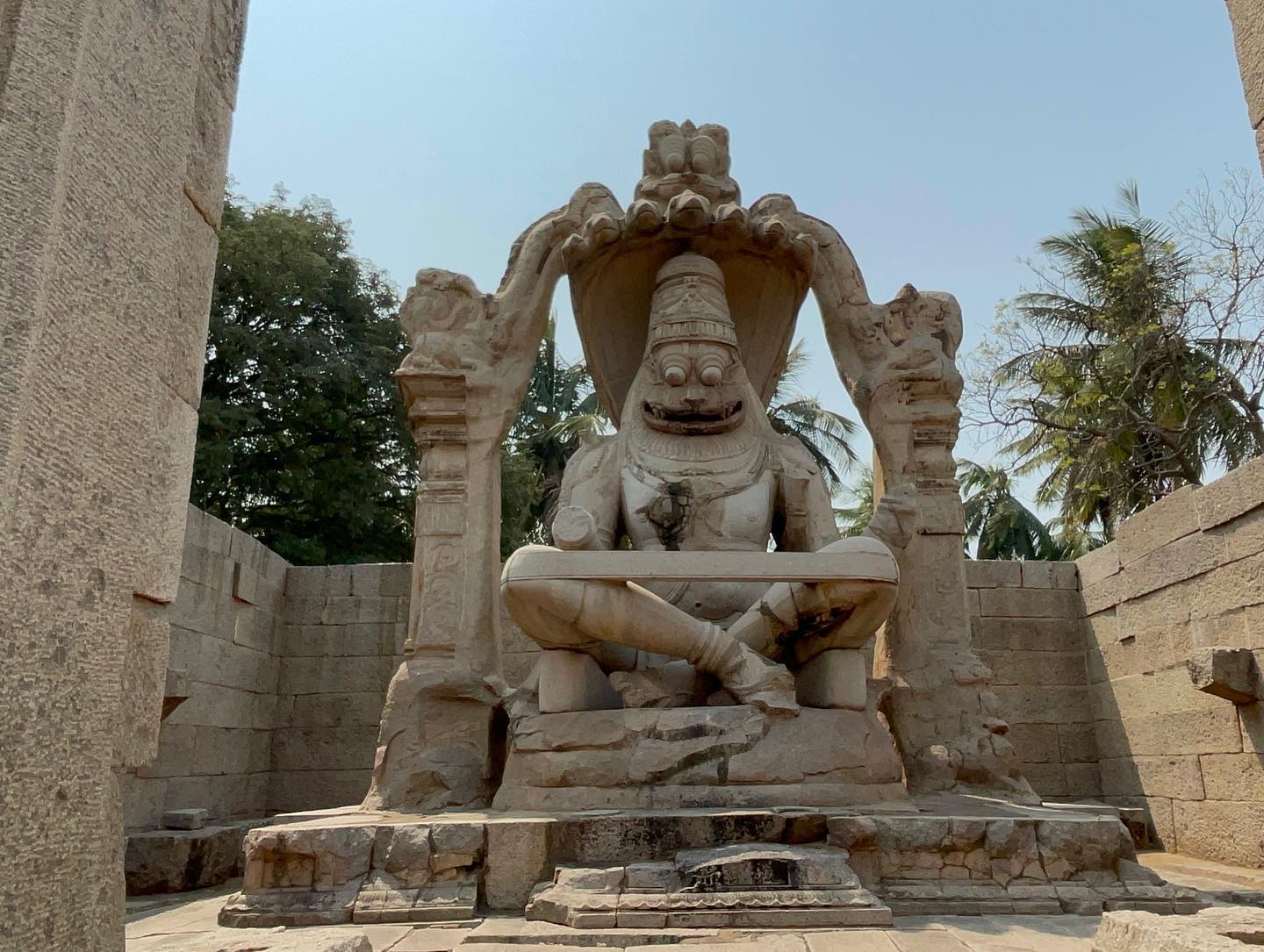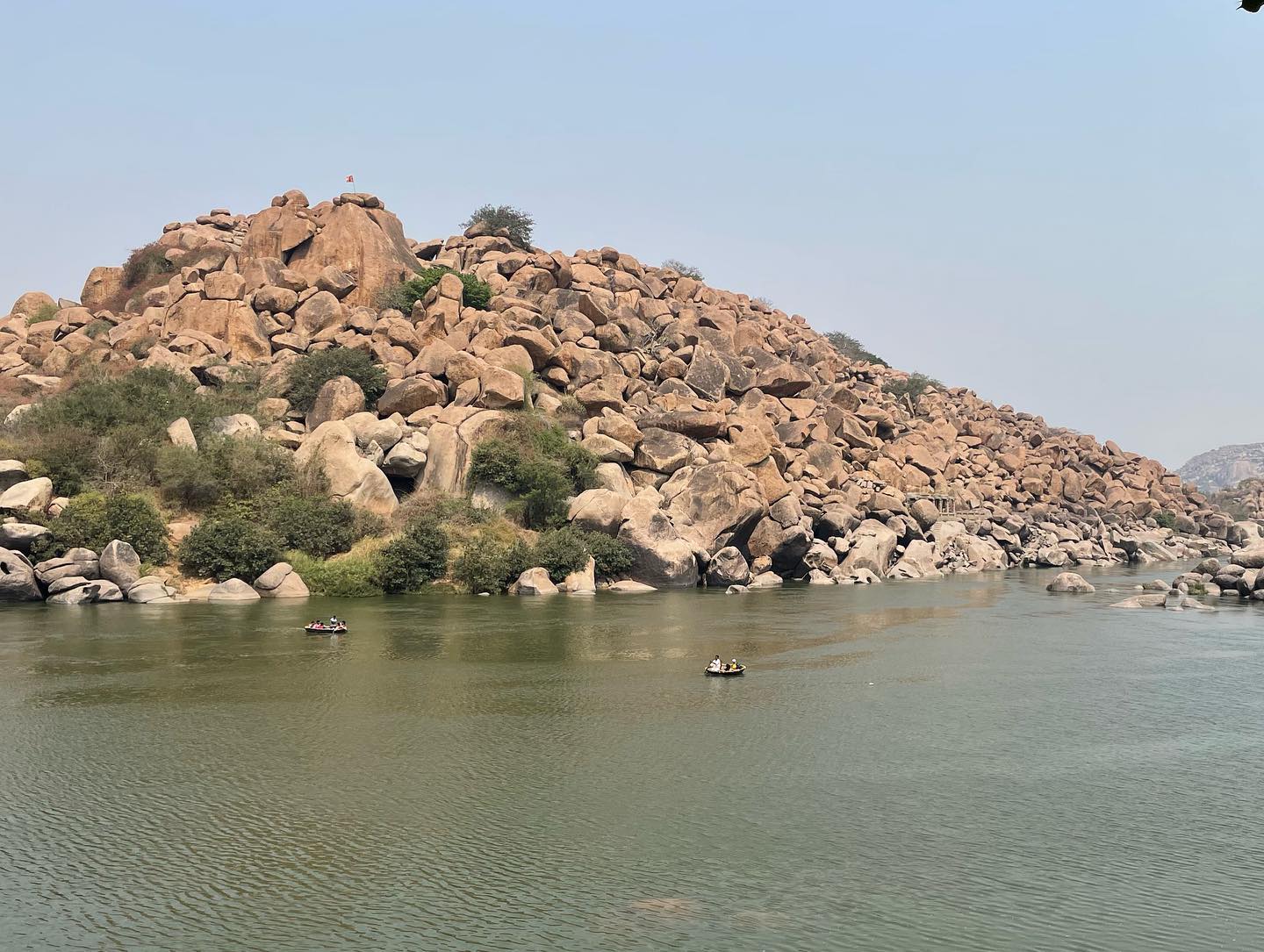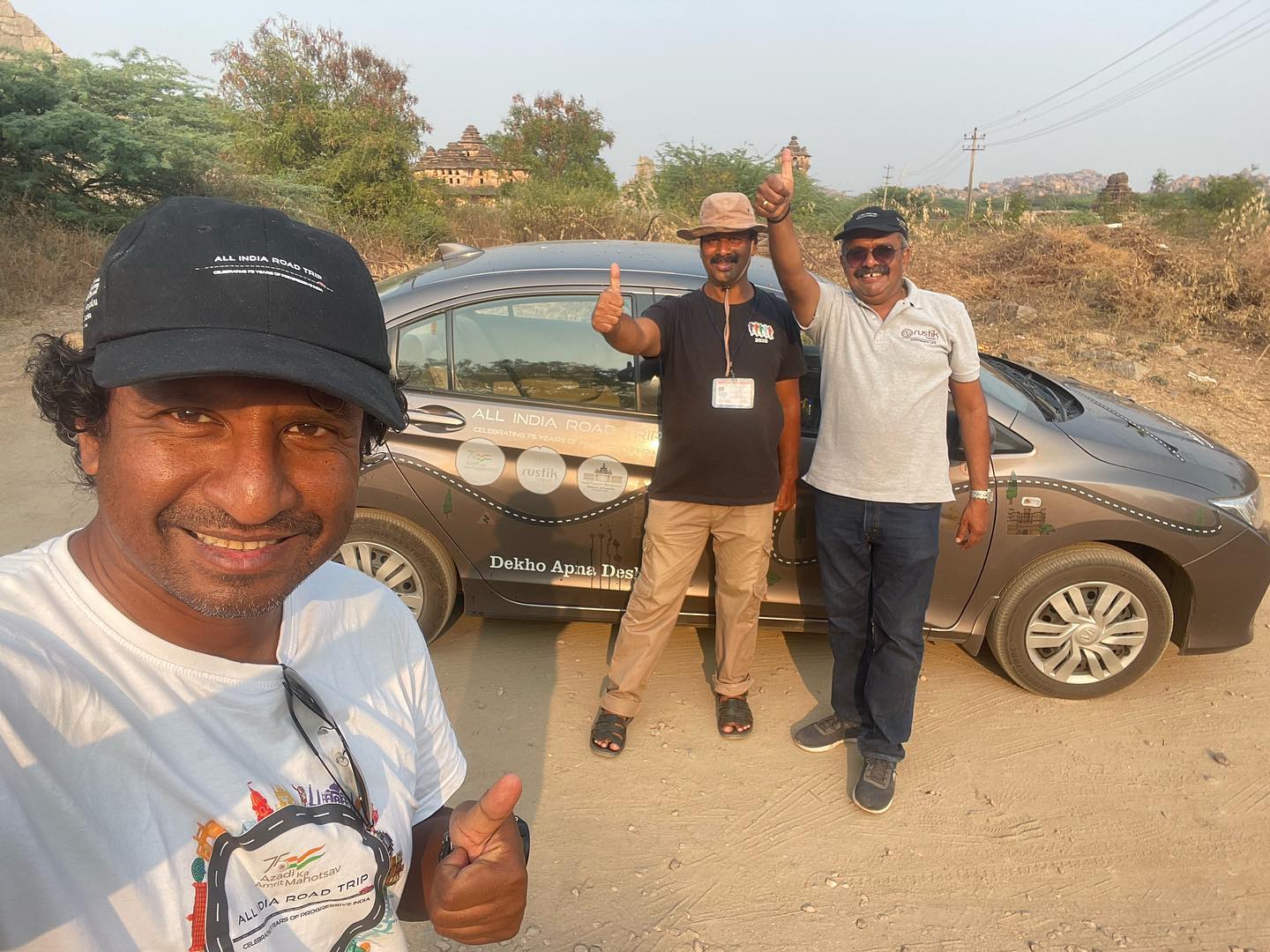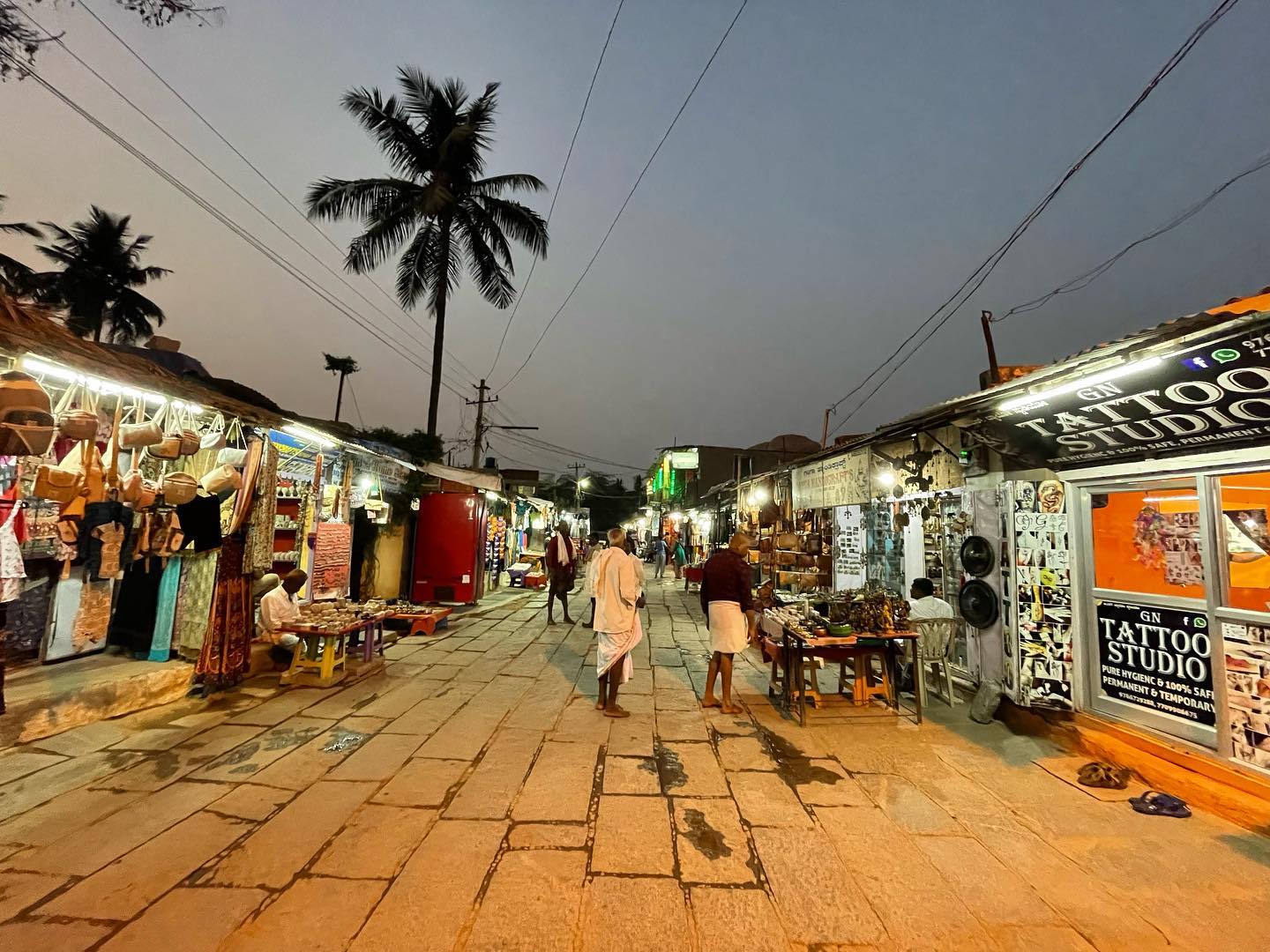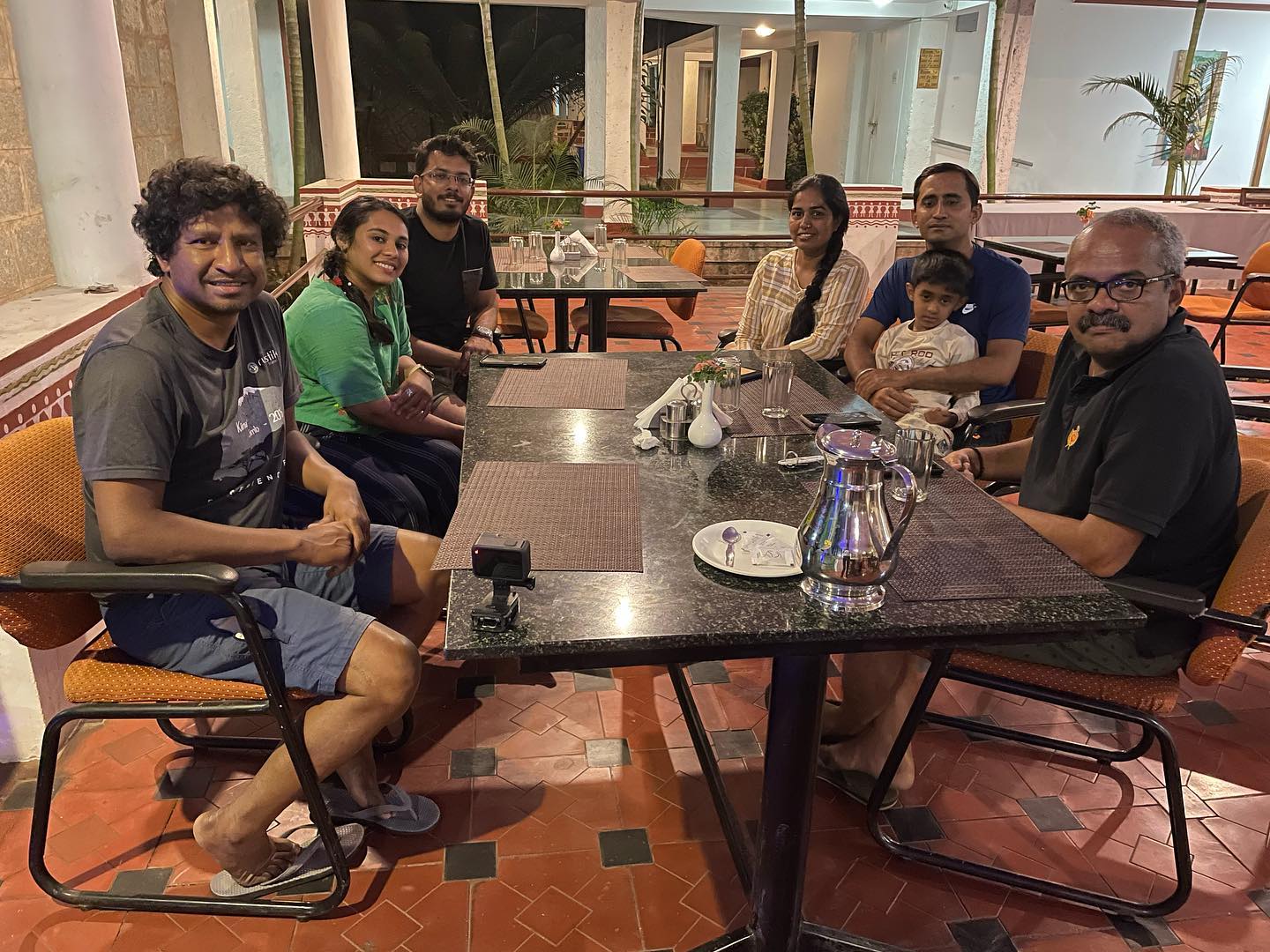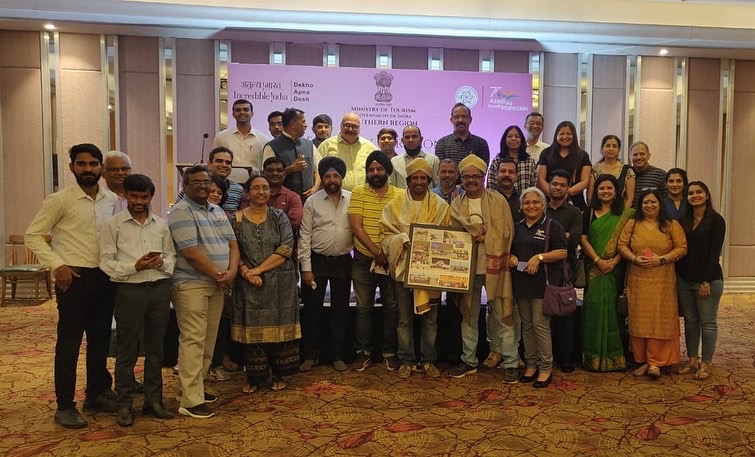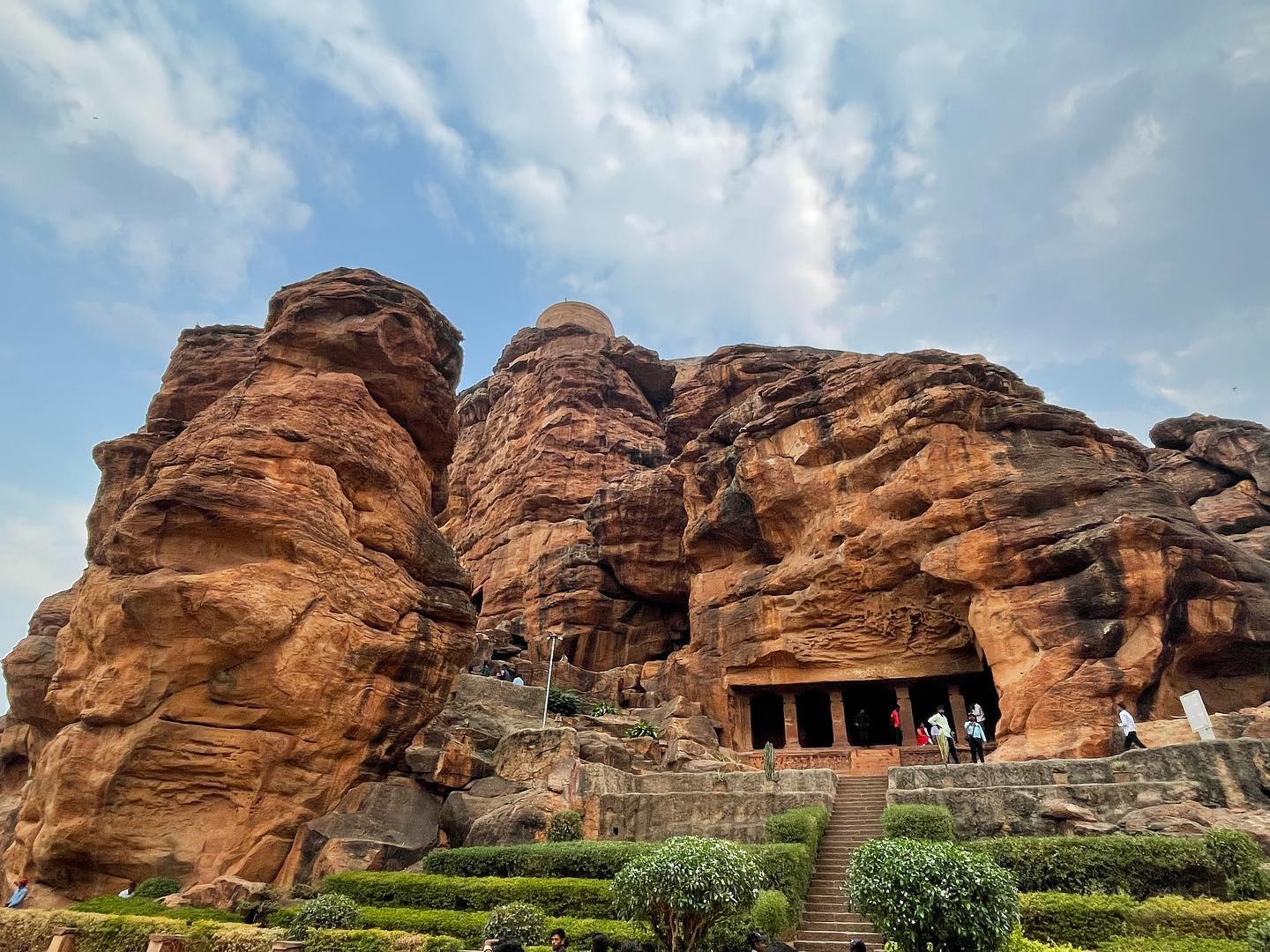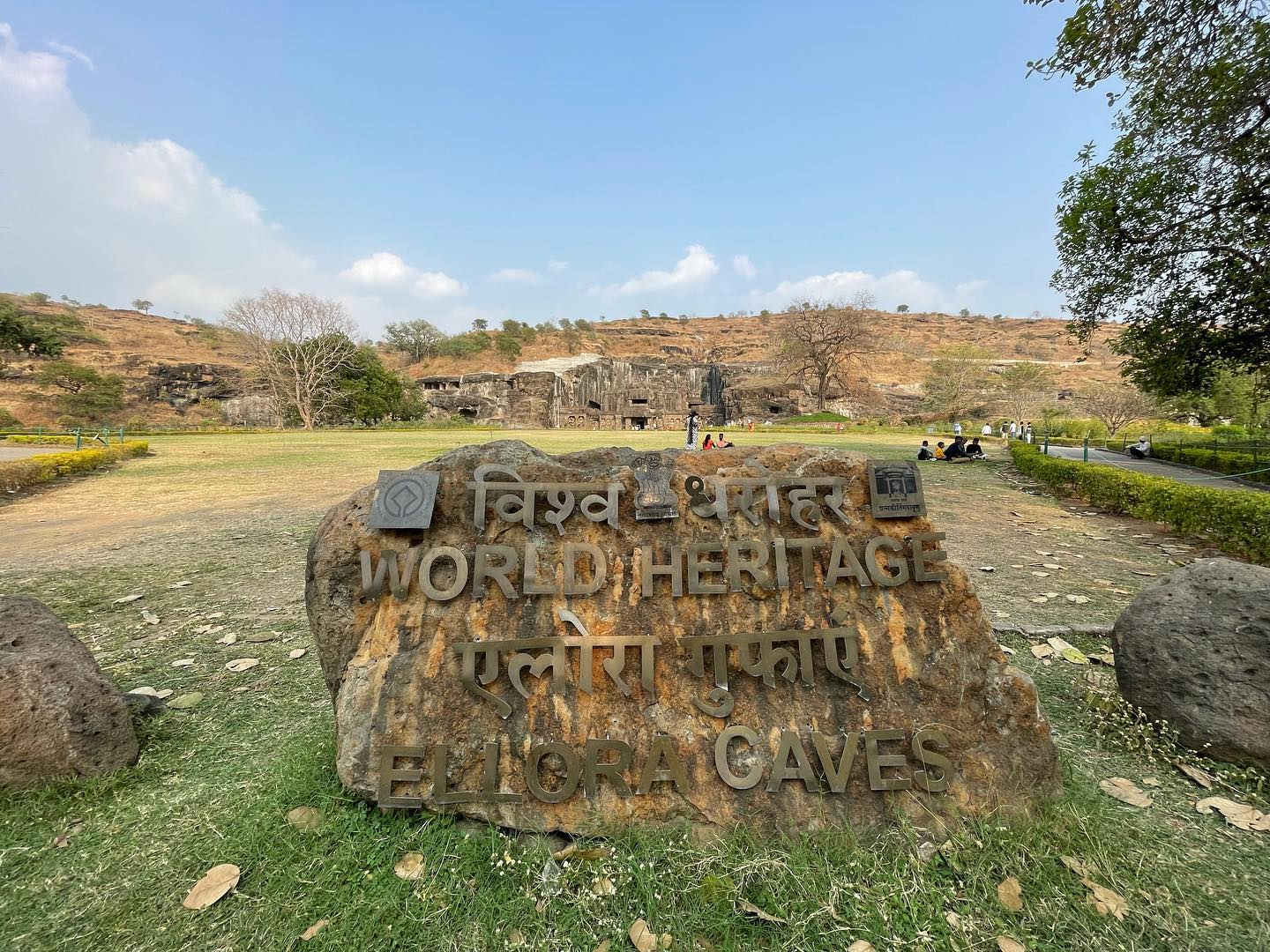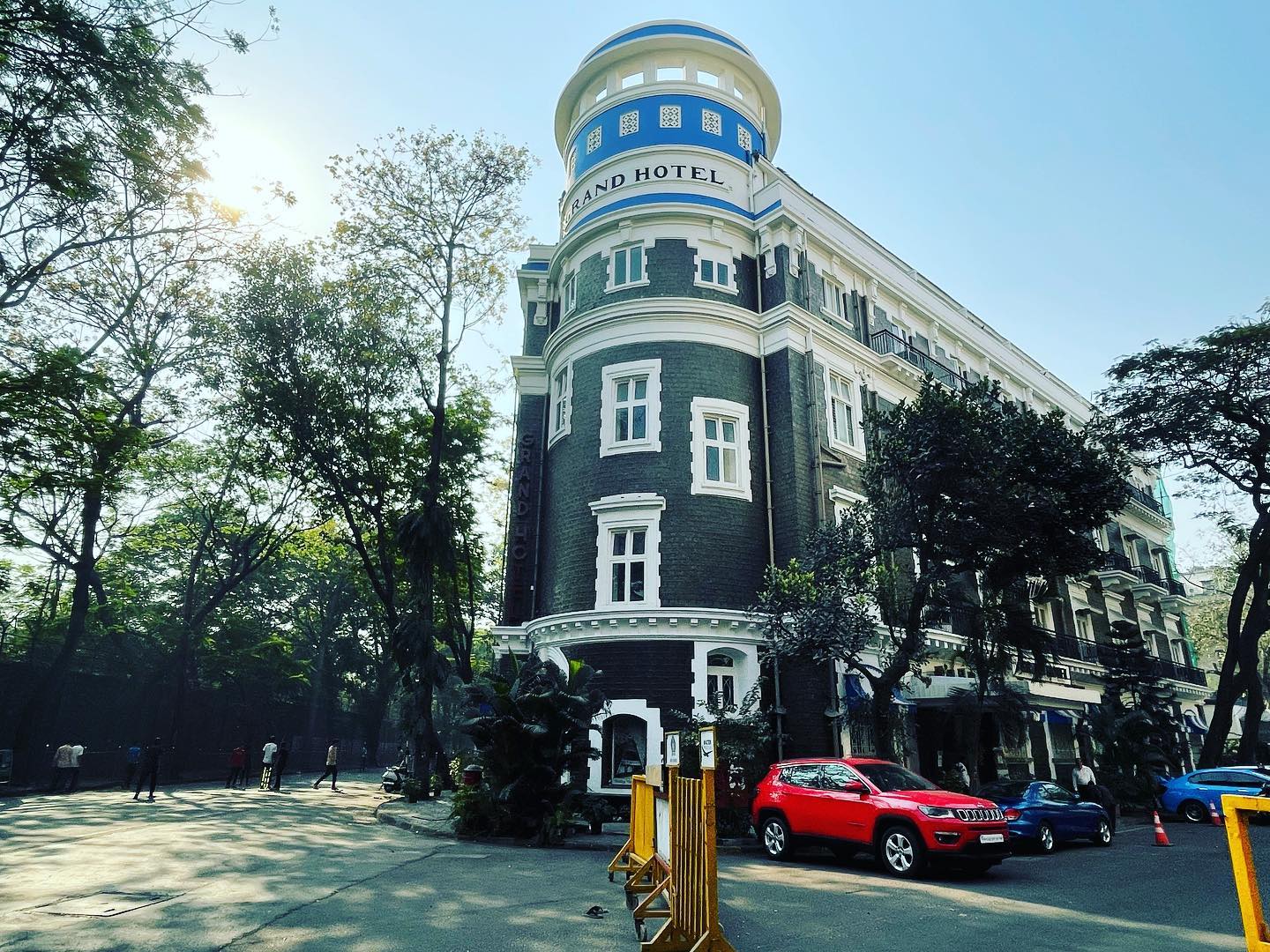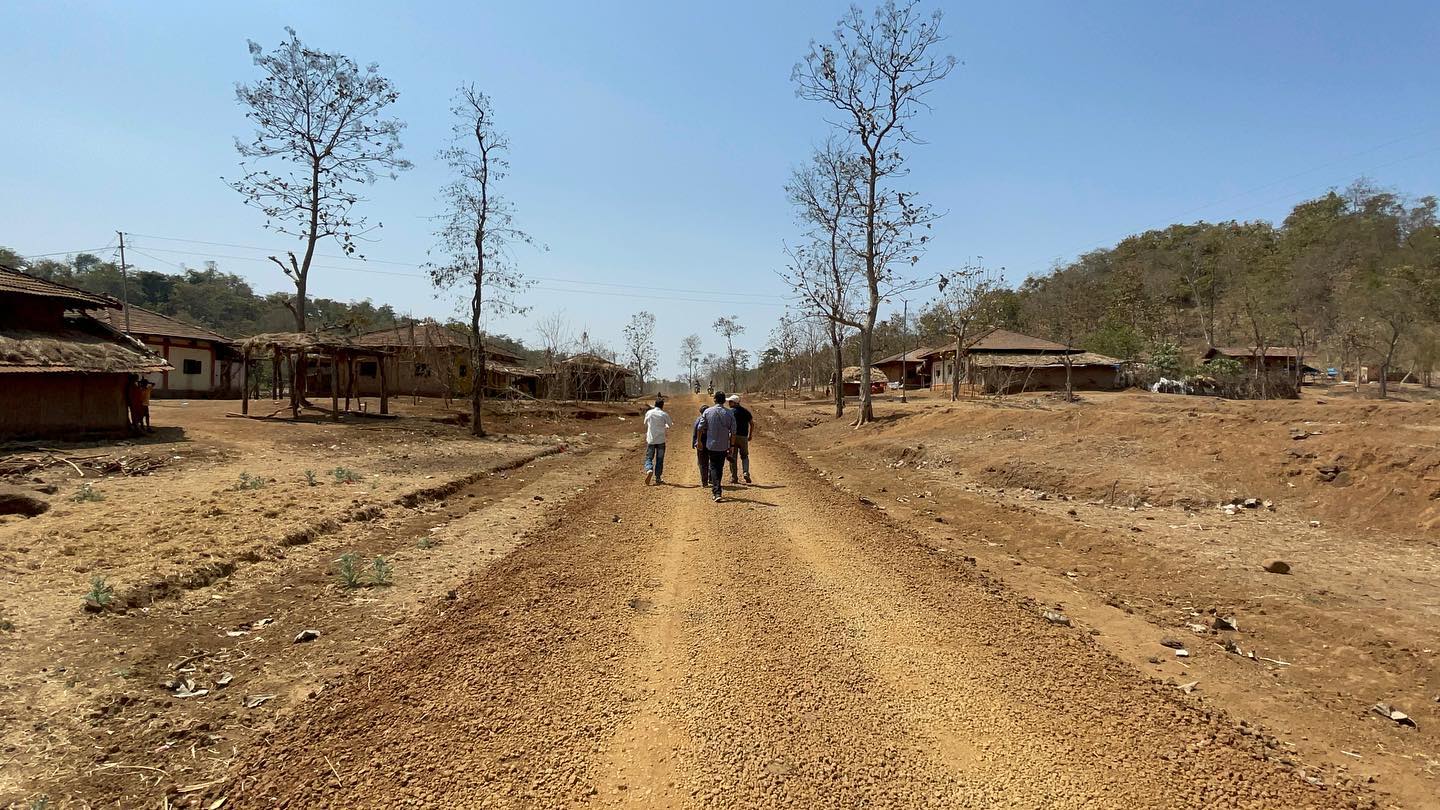11th-12th Mar ‘22: All India Road Trip: Karnataka: Hampi
So far:
28 States, 5 Union Territories | Distance Covered: 25,650 km.
Start Date: 2nd Oct ’21 | End Date: 13th Mar ’22.
Days remaining in the All India Road Trip: 1.
Previous stops: Badami, Bijapur, Aurangabad | Final stop: Bengaluru.
Hampi is our last stop before we head back tomorrow to Bengaluru after five and a half months to end what we started on 2nd October 2021 – the All India Road Trip. We are homesick, nostalgic and totally overwhelmed as we end this mega road trip across India. And what a place to spend the last few days – Hampi. A city that was one of the richest and largest in the world in its heydays some 400-500 years ago. It’s dotted with numerous ruined temple complexes from the Vijayanagara Empire. On the south bank of the River Tungabhadra is the 7th-century Hindu Virupaksha Temple, near the revived Hampi Bazaar. A wonderful place to be in to take a wonderful journey into the glorious past of India.
And we got to meet some wonderful people here.
About Hampi
Hampi, on the banks of Tungabhadra, was the capital city of the magnificent capital of the mighty Vijayanagara Empire. Founded by Harihara and Bukka in 1336, it fell to the Muslim rulers of the Deccan in 1565, and the city was pillaged over a period of six months before being abandoned.
The once-proud city of victory is now a city of desolation. However, the ruins of these historical monuments have withstood the ravages of man and time, and still evoke memories of the grandeur of a bygone era.
The name ‘Hampi”
Hampi is said to derive its name from Pampa river near the Hemakuta hill. Local people say that the river Tungabhadra was called Pampa ( one of the names of Shiva) which later got morphed into Pampi and then Hampi.
Vijayanagara Empire
The Vijayanagara kingdom was a prosperous one for around 200 years. It provided protection from the Sultanates from the North. It was into trade with lands afar, the kings knew the art of diplomacy and administration, and encouraged art, architecture and literature. Classified as a World Heritage Site by UNESCO, this historic town is also the “World’s Largest Open-air Museum” and covers an area of nearly 29 sq. km.
Vijayanagara Empire at its peak was very prosperous and was believed to be larger than Rome with palaces grander than of Lisbon “The city is such that the pupil of the eye has never seen a place like it, and the ear of intelligence has never been informed that there existed anything to equal it in the world”, marvelled a 15th century Persian ambassador Abdul Razaak.
There were opulent palaces, marvellous temples, massive fortifications, baths, markets, aqueducts, pavilions, stables for royal elephants, and elegantly carved pillars. This was a city whose merchants traded in diamonds, pearls, horses, fine silks and brocades.
Most of the important structures and ruins are located in two areas, which are generally referred to as the Royal Centre and the Sacred Centre.
Royal Centre, Sacred Centre & Military Monuments
The Royal Centre in the south-west part of the site contains structures that seem to have been palaces, baths, pavilions, royal stables and temples for ceremonial use.
The palaces and administrative buildings were destroyed during invasions. Yet there are some majestic structures that exist like the Lotus Mahal where water circulation was used to cool the place, the Queens bath, Gajashala or elephants stable, Mahanavami Dibba where musicians, dancers and other artistes performed.
The Sacred Centre stretches around the Virupaksha Temple and the Hampi Bazaar area and is along the banks of the holy Tungabhadra River. The Hemakuta hill has a lot of Jain temples.
The most magnificent structure is the Vitthala temple, at the entrance of which is the stone chariot dedicated to Garuda. The mandapa of the Vitthala temple has 56 carved beams of different shapes, sizes, length and surface that produce musical notes when struck.
The Hazaara Rama temple is the most Ornate structure. The huge statue of Narasimha can be found at Hampi.
The Tulapurusha Dana ( Kings balance) is another notable structure and is believed that the king was weighed against precious gems and stones on auspicious occasions.
There are some military monuments like majestic gateways & huge watch towers.
Anegundi
Also on the other side of the Tungabhadra river lies the village of Anegundi which is identified as Kishkinda or the kingdom of Bali, the monkey king of Ramayana. This place is also said to be the birthplace of Hanuman and there is a temple atop the hill. Anegundi was the first capital of the Vijayanagar empire before it was shifted to Hampi.
End of Vijayanagara Empire
The golden age of Hampi was between 1360 and 1560 CE. In the decisive battle in 1564 at Talikota, the Vijayanagara army under Aliya Rama Raya was defeated by an alliance of the Deccan Sultans. The ruins of Hampi are extensive and fascinating enough to absorb your attention for several days.
The best way to experience this UNESCO World Heritage Site is to take a leisurely stroll through the eloquent ruins or take a bicycle/ bike ride. If you are hard-pressed for time, a day or two will suffice to see all the important structures. However, photography, archaeology buffs, yoga enthusiasts should plan on staying a little longer.
